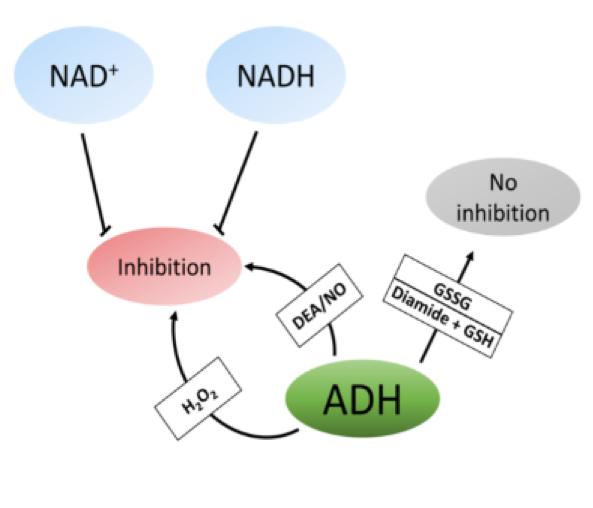S-Nitrosylation is a two-sided and dynamic post-translational modification of cysteine thiol side chains by nitric oxide of proteins of the redox-based modification that subserves a number of important cellular functions. Nowadays, it has become obvious that S-nitrosylation of key Cys residues on proteins mediates a multitude of cellular processes, including signaling, metabolism, and stress responses. The popular cellular influence of nitric oxide (NO) is brought into play substantially through protein S-nitrosylation. Whereas NO is highly random, physiological S-nitrosylation is typically limited to one or very few Cys residue(s) in target proteins. Protein endogenous S-nitrosothiols, hypo- and hyper-S-nitrosylation have been causally involved in disease. S-nitrosylation typically happens at only one or a few Cys residues in target proteins, although the factors underlying this specificity are incompletely understood. Target thiol pKa is often cited as a key conclusive of transnitrosylation, whereas local hydrophobicity may be a key determinant for oxidative S-nitrosylation (by NO itself)–most probability underlying the reported acid-base and hydrophobic motifs. In the brain, aging processes and environmental factors cause protein S-nitrosylation which conversely may improve misfolding of proteins, lead to apoptosis or autophagy, mitochondrial fragmentation and effect normal synaptic functions.
 Figure 1: S-nitrosylation
Figure 1: S-nitrosylationThe Saville-Griess assay is a fast and liable method to analyze in vitro protein S-nitrosylation but lacks the sensitivity to reliably detect endogenous S-nitrosylation. As an alternative, a fluorescent-based assay coupled to immunoprecipitation of a cellular protein can be employed. Finally, chemical reduction/chemiluminescence is a functional and ingenious approach for measuring S-nitrosylation of peptides and proteins. The techniques introduced here can be viewed as key tools in an expanding toolbox that permits the investigation of S-nitrosylation under a wide range of experimental conditions. This signal-to-gene communication is promoted by post-translational modifications such as S-nitrosylation, the covalent annex of a nitric oxide (NO) moiety to cysteine thiols. One of the aspects of NO physiology is structure of S-nitrosylated proteins. Cysteine residues, post-translationally modified by S-nitrosylation, unleash control over the activity of proteins and pathways in which they are concerned, mimic to the addition of a phosphate group during phosphorylation. S-nitrosylation is an important mechanism in the transmission of NO-based cellular signals in vital cellular processes, which includes transcription regulation, DNA repair, autophagy, and apoptosis.
Creative Proteomics have a strict workflow to analyze S-nitrosylation to meet your requirements.






